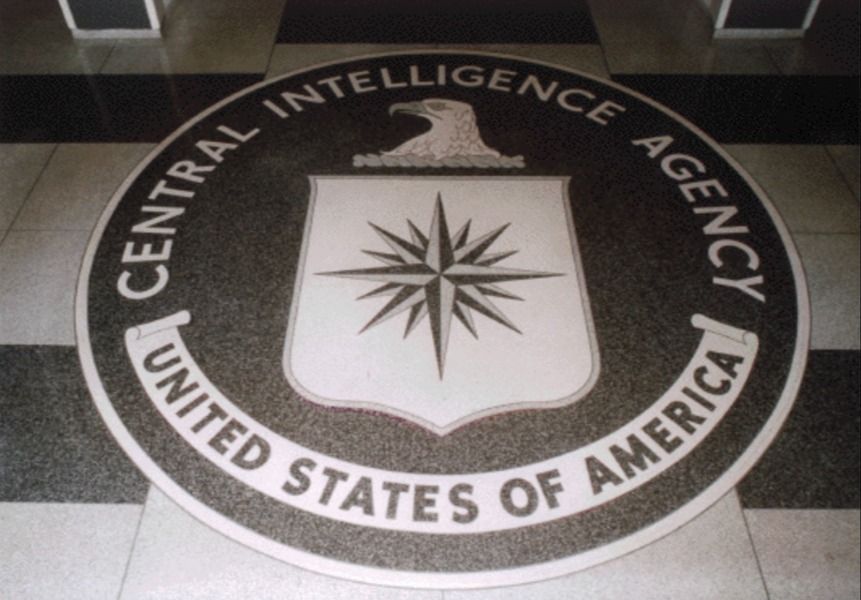A Follow Up on the Postal Service Metadata Program
Published by The Lawfare Institute
in Cooperation With

The Mail Isolation Control and Tracking program was created after the anthrax attacks in late 2001 that killed five people, including two postal workers. Highly secret, it seeped into public view last month when the F.B.I. cited it in its investigation of ricin-laced letters sent to President Obama and Mayor Michael R. Bloomberg. It enables the Postal Service to retrace the path of mail at the request of law enforcement. No one disputes that it is sweeping.
“In the past, mail covers were used when you had a reason to suspect someone of a crime,” said Mark D. Rasch, who started a computer crimes unit in the fraud section of the criminal division of the Justice Department and worked on several fraud cases using mail covers. “Now it seems to be, ‘Let’s record everyone’s mail so in the future we might go back and see who you were communicating with.’ Essentially you’ve added mail covers on millions of Americans.”
This story kind of proves that my instinct in the previous post was right. The Postal Service is doing something very similar to what the NSA is doing. The activity was reported publicly around the same time. It has significantly less political, legal, internal controls; it has less transparency these days. Yet unlike the NSA program, which generated feverish attention, Postal Service monitoring of snail mail metadata did not. I suspect it won't this time either.


.jpeg?sfvrsn=f6228483_10)

-final.png?sfvrsn=b70826ae_3)
